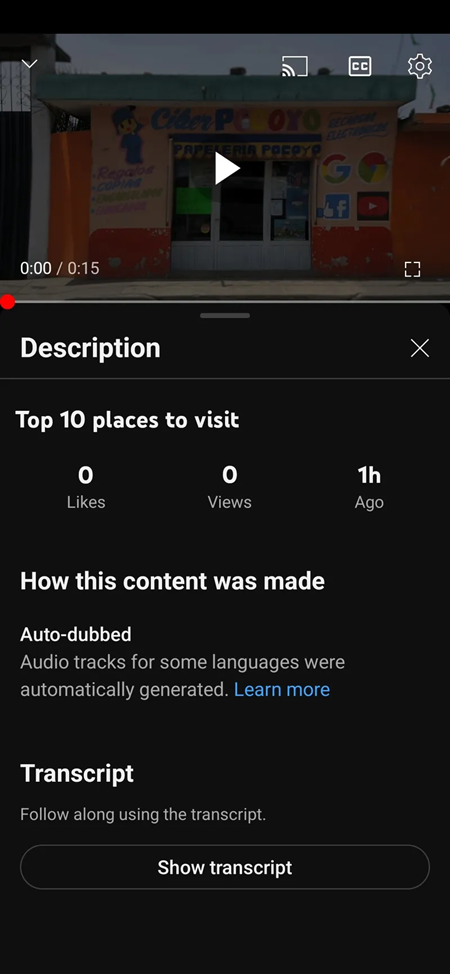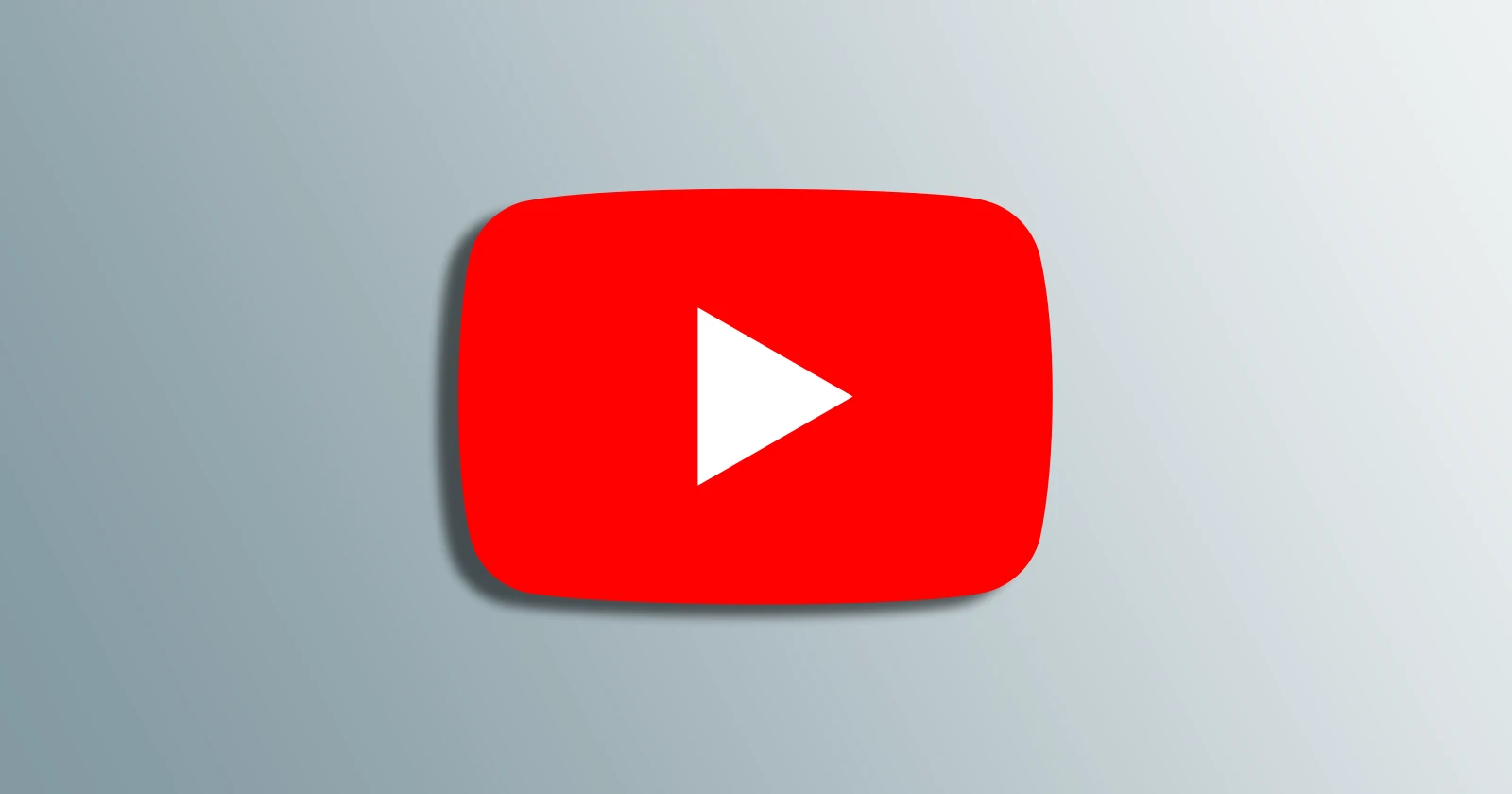YouTube’s latest experiment with AI is creating quite the stir. The platform recently introduced an auto-dubbing feature designed to bridge language gaps, allowing users to consume content in various languages without missing a beat. Picture a French chef’s culinary secrets being shared in perfect Portuguese or an Indonesian travel vlogger’s stories unfolding in fluent German. Quite magical, isn’t it? Well, not everyone agrees.
This AI-powered tool, which rolled out in December, is meant to make the world’s videos more accessible. By automatically detecting the original language of a video and generating dubbed versions in other tongues, YouTube hopes to erase language barriers and unite a global audience. Initially targeted at channels in the YouTube Partner Program focused on knowledge and information, the feature is set to expand to other content types soon.

The process is straightforward. Creators upload their videos as usual, and YouTube’s AI takes over, crafting dubbed versions in a variety of languages. These dubbed tracks are accessible in the “Languages” section of YouTube Studio, where creators can review, unpublish, or delete them if they’re not up to par. However, this seemingly simple solution to a complex problem has sparked a flurry of mixed reactions.
On the one hand, some publications have praised the initiative as a clever, useful tool. ZDNET lauded it for its ingenuity, and Pocket-lint highlighted its practical benefits. Yet, part of the user base tells a different story — one filled with frustration, confusion, and a plea for control.
Several users are bewildered by the sudden appearance of auto-dubbed audio tracks, which often replace the original content without warning. For bilingual viewers or those who enjoy the authenticity of the original language, this feature can feel more like a hindrance than a help. Some have reported that the dubbed tracks don’t even appear in the audio selection menu, leaving them unable to switch back to the original language. Others have lamented the lack of an option to disable the feature entirely, which seems to be a common desire among the disgruntled.
The automatic translation of video titles and descriptions has also come under fire. Users have found the translations to be inconsistent and, at times, downright inaccurate. This can lead to a misleading viewing experience, where a French viewer expecting a video in their native language is met with English content, or vice versa. The result? Confusion and a barrage of complaints about the forced nature of these translations.
Adding to the chaos, some users feel that these features are imposed without sufficient consideration for the global, multilingual audience that YouTube serves. While the idea of making content universally accessible is noble, the execution leaves much to be desired.
For creators, the situation is less perplexing. Although the option is turned on by default, there’s an option to turn off auto-dubbing for your channel. Here’s what YouTube says on the official help page:
Videos with these audio tracks are marked as “auto-dubbed” in the video description. Viewers can always switch to the original audio track or to another available language in the video settings. Automatic dubbing isn’t yet available for all creators, and you can only manage it on YouTube Studio on your computer.
This feature is turned on by default. When you upload a new video, dubs will be automatically generated. These dubs will be published automatically for non-experimental languages.
Perhaps in anciticipation of the backlash, YouTube did acknowledg that the technology is still in its infancy. The company is collaborating with Google DeepMind and Google Translate to enhance the accuracy, expressiveness, and naturalness of the dubs. Future updates promise to bring “Expressive Speech,” which aims to capture the original speaker’s tone, emotion, and even ambient sounds, making the AI-generated voices more lifelike.
We continue to work with our colleagues in Google DeepMind and Google Translate to bring cutting edge capabilities to make dubs even more accurate, expressive, and natural. Look forward to updates that will bring “Expressive Speech,” previewed at Made on YouTube, to help emulate the creator’s tone, emotion, and even the ambiance of the surroundings.
For now, though, YouTube’s auto-dubbing feature remains a polarizing addition. While it has the potential to revolutionize the way we consume global content, it also highlights the challenges of implementing AI solutions on a platform as diverse and expansive as YouTube.
TechIssuesToday primarily focuses on publishing 'breaking' or 'exclusive' tech news. This means, we are usually the first news website on the whole Internet to highlight the topics we cover daily. So far, our stories have been picked up by many mainstream technology publications like The Verge, Macrumors, Forbes, etc. To know more, head here.


